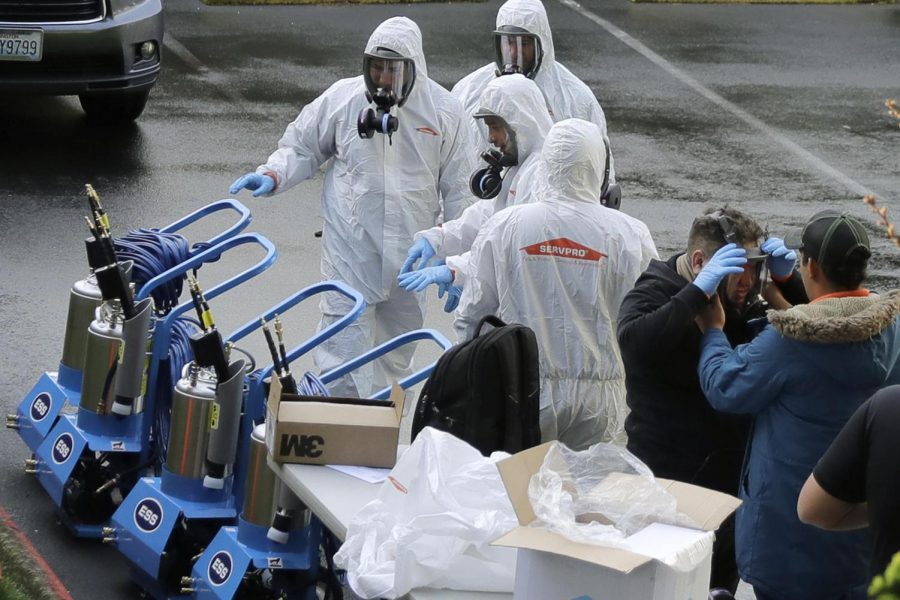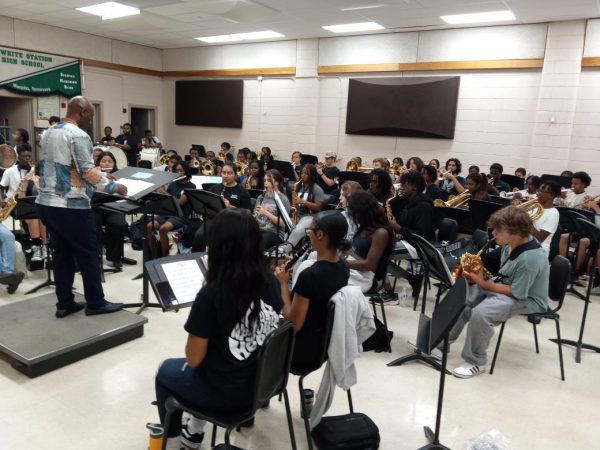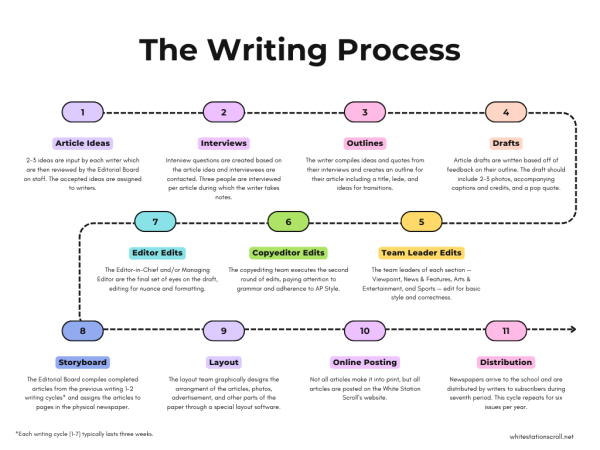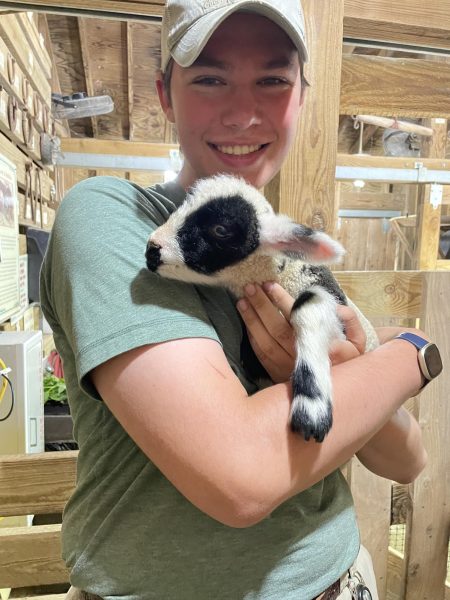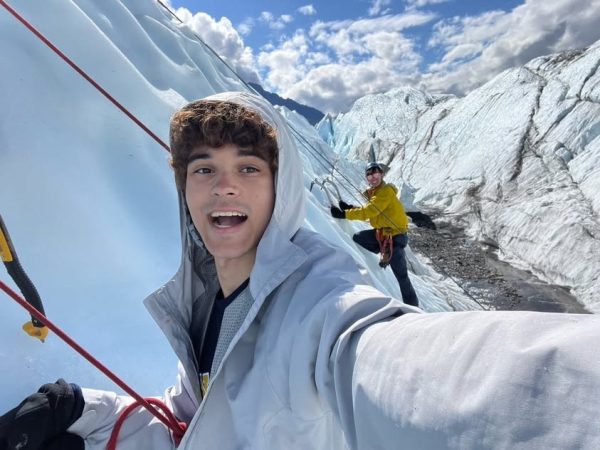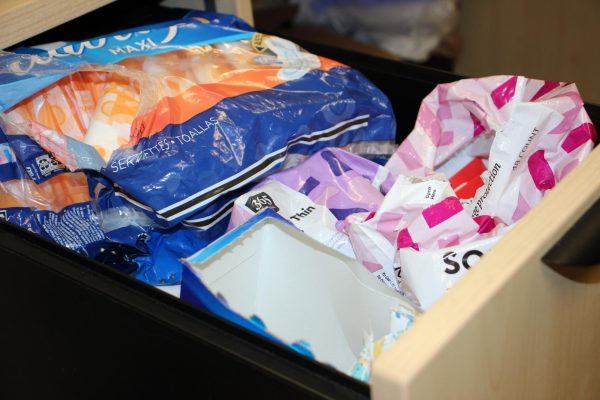How does COVID-19 catch the world by surprise?
Healthcare officials do their best to tackle COVID-19, even though statistics are still unclear because of the lack of tests. The U.S. was undersupplied and unprepared for a pandemic after recovering from the 2009 H1N1 outbreak.
Remember hearing “better safe than sorry” and always thinking it meant to double-check that a door is locked or double-check the expiration date of milk? Did you ever think it would apply to potentially stopping the spread of a global pandemic?
December 31, 2019, the first case of COVID-19 was reported to WHO (World Health Organization) in the city Wuhan in the Hubei province, China. Then, the first case outside of China is reported on January 13, 2020. If we knew about it in December, why does it feel like COVID-19 sprung on everyone unexpectedly in the middle of February?
The main problem is that all over the world, we get content with how our lives are and forget to prepare for the worst. Then, when the worst happens, we are unprepared. Once the worst is over, we are glad to go back to how we were and once again we’ve forgotten how to learn from experience.
On February 3, 2020, WHO Director-General Tedros Adhanom Ghebreyesus warned that the world is “dangerously unprepared” as the coronavirus outbreaks spread more.
“For too long, the world has operated on a cycle of panic and neglect,” Ghebreyesus said. “We throw money at an outbreak, and when it’s over, we forget about it and do nothing to prevent the next one.”
There have been many previous outbreaks to hit the U.S. that weren’t used to help us prepare like the 2002 SARS outbreak, the 2003 resurgence of H5N1 avian flu, the 2009 H1N1 swine flu outbreak, the 2012 MERS outbreak, and the 2014 Ebola outbreak. After all of these, the U.S. and much of the world was caught woefully unprepared for the COVID-19 outbreak.
The U.S. has a Strategic National Stockpile that was created so America would have respirators, masks, ventilators, protective equipment, and hospital beds at the ready. The problem is, after the H5N1 avian flu resurged in 2009, we used up the stockpile and never replenished it enough to handle this sudden outbreak.
We don’t have enough supplies to handle those who are sick, and we don’t have enough supplies to test to see who is sick. The CDC recently reported that up to 25% of those infected are not showing symptoms, so they continue to go about their day, spreading the virus.
Social distancing, staying at home unless necessary, and using proper sanitation is all we can do now to try and play catch up to the virus.
When we do start to see some light at the end of this devastating tunnel, and we eventually make it out of this, the important thing is to learn from this and start preparing for the next pandemic whether it’s 30 years away or 2 months from now. Remember better safe than sorry.
Your donation will support the student journalists of White Station High School. Your contribution will allow us to purchase equipment and cover our annual website hosting costs.



































